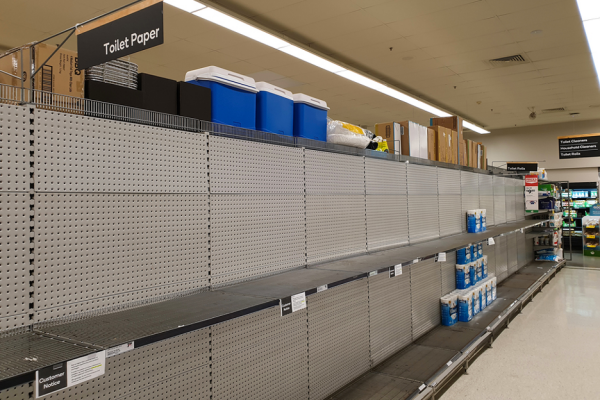
In a nutshell: Blockchain will streamline and simplify our supply chains by making one global ledger — like a shared spreadsheet — that will track everything. Here’s how it works.
One of the many mystifying parts of the pandemic: why are we running out of toilet paper?
It’s not like people are using the toilet more frequently, right? The typical answer is that people are panic-buying toilet paper, erecting giant fortresses of toilet paper in their basements and sheds. But even after stores limited sales to two packs per customer, toilet paper is still sold out.
Two words: supply chains.
Yes, supply chains, the thing that no one cared about before the pandemic, and everyone now appreciates so much. (You don’t miss supply chains ‘til the shelves run dry.)
There are two markets for toilet paper: residential and commercial. The commercial product, as we all know from our time in Starbucks bathrooms, is sold on bigger rolls, and it’s generally terrible. It gets manufactured on different lines, stacked on larger shipping pallets, delivered on different trucks. It’s bought and sold through different channels. Two different toilet papers; two different supply chains.
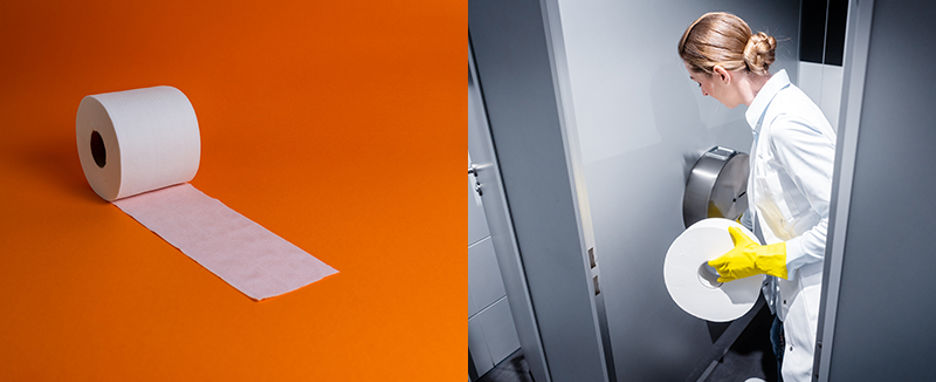
Two types of toilet paper: residential and commercial.
When people are home 24/7, they are going to use more toilet paper, so there’s a crushing demand on the residential supply chain, and very little demand on the commercial supply chain. Here’s the poop: people are using more toilet paper at home, and almost none at work.
Rule of thumb: Whenever you see shortages, it is rarely because there’s a problem with supply. It’s usually a problem with supply chain.
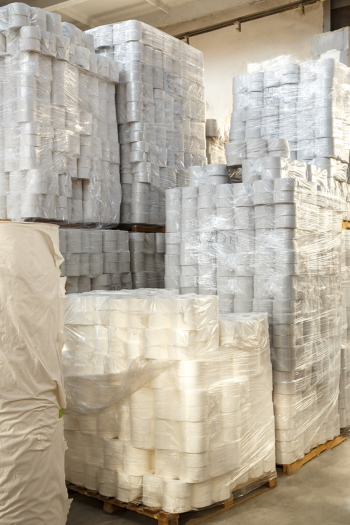
“We got plenty of toilet paper, it’s just sitting in the warehouse.”
When it comes to our supply chain problems, toilet paper is just the beginning of the roll.
When Will This End?
This is the question on everyone’s mind, but Coronavirus timelines are hard to predict. Still, we can make some approximate guesses, combining past pandemics with current technology trends, and be “roughly right.” (As they say, better to be roughly right than exactly wrong.)
There are likely three great acts to the pandemic:
- Act 1: Slowing the spread
- Act 2: Testing and New Normal
- Act 3: Vaccine and recovery
In all likelihood, the movie’s not over until the end of Act 3, which involves a) finding the vaccine, b) producing the vaccine, and c) convincing everyone to get the vaccine.
The vaccine is the key. Then we can roll the credits on the CoronaCrisis, and begin the sequel called the #GreatRecovery.
Again, it’s tough to predict timelines. Most vaccines take five to eight years to develop, but experts think we could have a vaccine in about 12 to 18 months. There are promising developments that may get us a vaccine even faster than that, but here’s the problem in two words: supply chain.
We’ve got to get the vaccine produced in massive quantities, faster than anything that’s been attempted before, to every corner of the globe. That is a massive supply chain challenge. In many ways, the vaccine is like toilet paper — everyone needs it — but far more complicated and difficult to produce.
One solution is to decentralize it: make the vaccine open-source and royalty-free, then allow a decentralized network of local producers to create and distribute it. This certainly seems better for the future of humankind than if Pfizer patents it.
(Note: even if the vaccine is open-source, producers can still pocket a profit for producing it. They just can’t prevent others from producing it.)
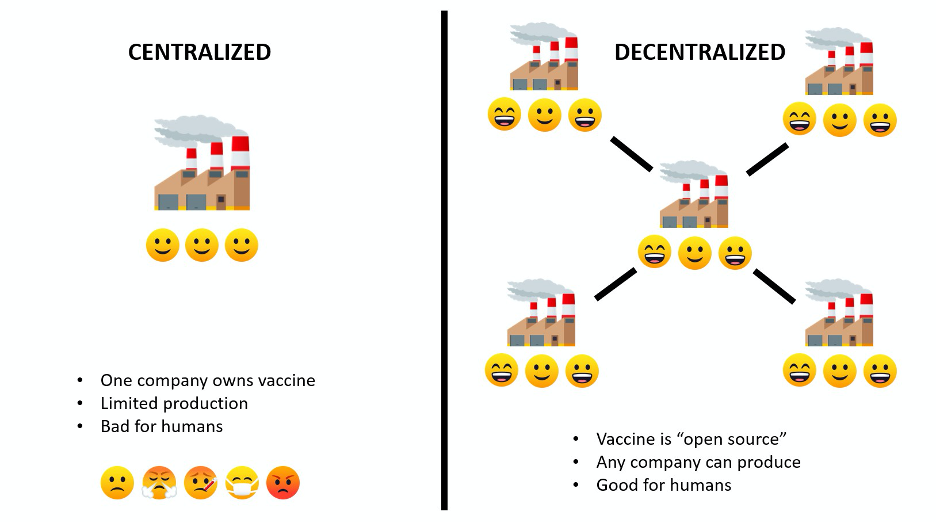
Read more in the World Economic Forum post on this topic.
Best case scenario: we’ve got an open-source vaccine, and we’ve got a way to quickly produce it at scale, using local manufacturers (who should be planning now). Then comes the problem of distribution: we’ve still got to get the vaccine to hospitals and healthcare workers.
We need the supply chain.
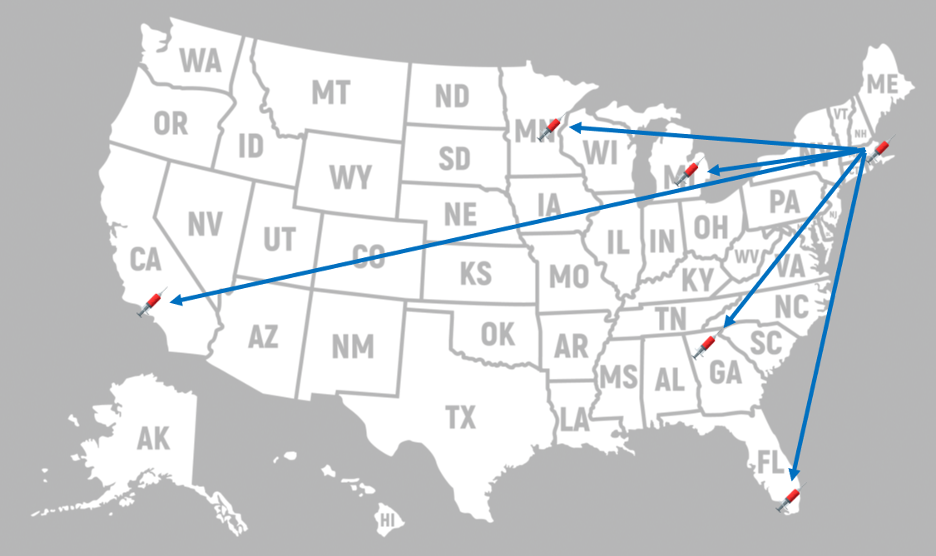
Let’s say that Cambridge, Massachusetts – where you can’t swing Schrodinger’s cat without hitting a biotech firm – is able to produce vast quantities of the CoronaVaccine. We’ve got to get those vaccines from Cambridge to Atlanta, and Minneapolis, and Detroit, and on and on.
But the problem is much more complicated. The vaccines need syringes. The syringes need springs. There is this entire network of parts and supplies that need to be produced, a complicated ballet of buyers and suppliers working behind the scenes.
“We’re thinking about the vaccine, but what if the vials it is stored in, or rubber stoppers in the vial or the plungers in the syringes become the constraint?” – Prashant Yadav, health care supply chain expert, Center for Global Development
This is the vaccine supply chain, and smart people are thinking about it now. This goes way beyond the vaccine: it’s also the antibody test, which (if we find one that works) will tell us who is safe to restart society. As the recession wears on, the supply chain may become essential for essentials like food, drink, and yes, even toilet paper.
It’s all about the supply chain. And here’s where blockchain comes in.
Blockchain: It Even Sounds Like Supply Chain
Imagine one big, shared, Google Sheet that lists all the critical healthcare supplies.
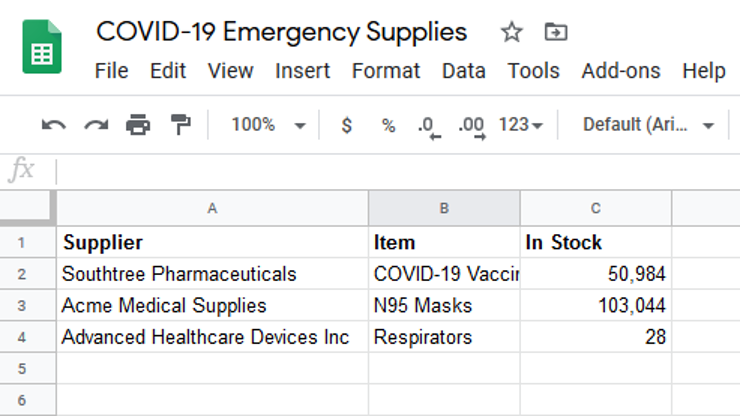
A shared Google Sheet that lists all the critical healthcare supplies. (Much bigger than this.)
That’s the vision in one sentence. (Read it again.)
Of course, you can’t literally use Google Sheets to track vaccines: it’s not built for sharing on a global scale. You can’t even share Google Sheets with two team members before everyone adds colors to all the rows and makes it unreadable.
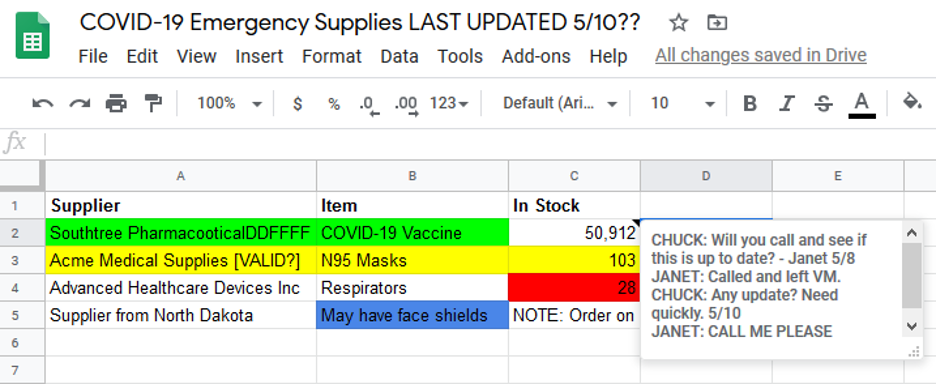
All Google Sheets eventually devolve into chaos.
If we don’t find a global solution — and fast — then everyone’s going to create their own patchwork quilt of solutions, and we’ll end up with a sea of useless Google Sheets. It will be the same mess we’ve had with masks, and respirators, and tests.
This is our chance to get it right. But we need to act now.
An eBay for Healthcare Suppliers
One way to solve this is a blockchain-based healthcare supply network. The simple way to think of this is like a giant eBay for healthcare supplies.
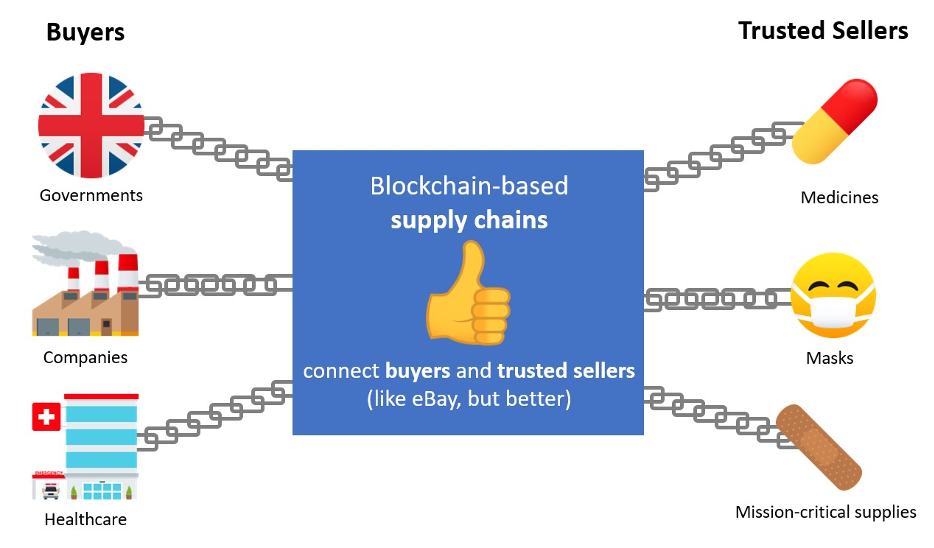
Picture a huge marketplace with buyers on one side (think hospitals and governments) and suppliers on the other (masks and gowns now, vaccines later). But it’s better than eBay, because suppliers are carefully screened, with their info stored on blockchain.
If possible, we want a single marketplace. We don’t want everyone building their own marketplaces, any more than we want a thousand eBays.
The marketplace that saves the day will depend on how many governments, companies, and healthcare organizations they can sign up, and how quickly they can do it. Like any marketplace, as you get more buyers and more suppliers, you get more traction, and then suddenly you’re eBay.
| Blockchain-Based Supply Chain | Do It Yourself |
|---|---|
| Global marketplace | BLocal marketplace |
| Technical experts | Local talent |
| Best in the world | Best in your state |
| Sell anywhere | Sell locally |
| Possible vendor lock-in | Possible messy roll-out |
| Ready now | Needs to be built |
Let’s say you’re the governor of Wyoming. You don’t have to use the leading marketplace, of course. You could build your own marketplace. But why would you build another eBay?
Plus, there are benefits to Wyoming joining the largest marketplace. Wyoming suppliers will now have a national market for their goods, which is good for the Wyoming economy. States that move first will be first to reap the rewards.
This will likely be a marketplace built by a private company (just like eBay), not a marketplace built by a government. States just don’t have the resources, especially in a time of crisis, to build their own blockchain-based marketplaces.
Like everything else about the Coronavirus, when we work together, we win.
TL;DR (Too Long; Didn’t Read)
Supply chain is one of the biggest problems we’re facing during the Coronacrisis, and humanity needs a solution. We need a supply chain solution to not only move critical healthcare equipment, but ultimately to deliver a vaccine. Depending on how bad things get, we may need it for essential items like food.
This is not a local solution: states can’t go it alone. We’ve got to band together, creating a shared marketplace of critical healthcare supplies. This will also be good for our local economies, because we’ll have access to more buyers and more sellers, more cheaply and more efficiently.
The Coronavirus has given us plenty of problems, but also a magnificent opportunity for smart solutions. This is a once-in-a-lifetime chance to upgrade our supply chains, making them fully digital, using blockchain technology.
Like highways or healthcare, that’s an investment in critical infrastructure that will pay off for decades to come.
Fill out the info below to download our new ebook, Blockchain and The Supply Chain: They Even Sound The Same.
The Supply Chain: They Even Sound The Same
P.S.: Contact us if you have more questions about blockchain and the supply chain. (We’re trying to make this guide more complete.)